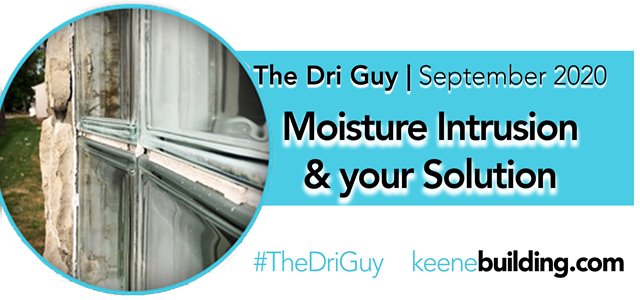
As building professionals you need to stay on top of your game and understand how new products and assemblies work and the differences of installing the components and/or system correctly. These new components and systems may differ in varying degrees with what you have used or installed historically but the main focal point should be to pay proper attention to preventable problems and simple solutions.
What happens after your wall assembly is ready?
Once the wall assembly is ready, it is now ready to receive its exterior veneer: it could be stucco, adhered masonry veneer, brick and/or siding or a combo platter of each. The multiple options each have their own set of standards and methods of installation and all can be used in conjunction Driwall Rainscreen products.
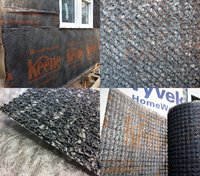
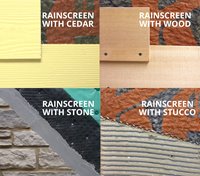
Although the underside of the veneer is protected against moisture intrusion, you still need to minimize any additional introduction of water surrounding windows and doors. Otherwise, they may end up looking like the photos below.
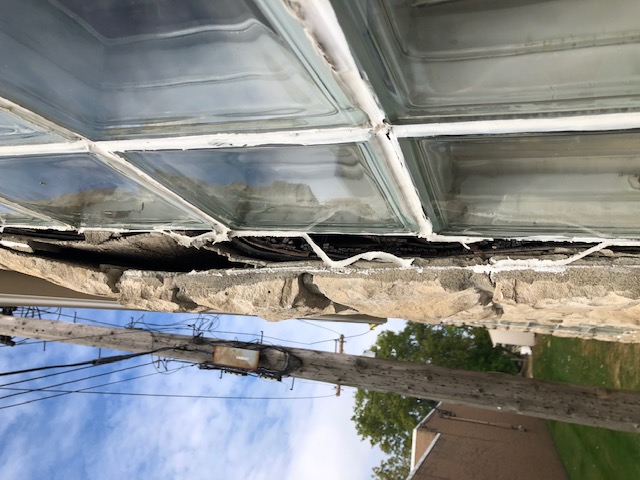
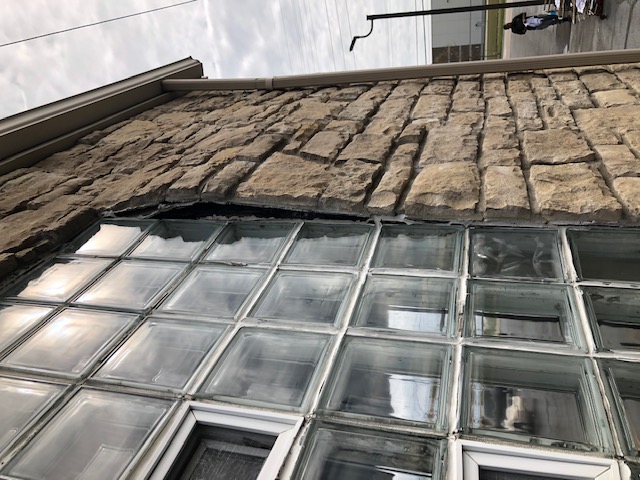
How can your prevent additional moisture intrusion?
Although the underside of the veneer is protected against moisture intrusion, you still need to minimize any additional introduction of water surrounding windows and doors. When choosing a sealant for your application, it is important to know the differences between sealant and caulks and their intended application. The correct selection will prevent potential problems. Caulks generally are used to fill voids and have limited movement capabilities and when they do move, they tend to crack and not recover. Sealants fill the void as well but are also designed to move with the structure and can expand and contract. The correct material choice will eliminate/minimize any type of joint failure which is directly related to moisture intrusion. Joint failure is defined as either adhesive or cohesive. A cohesive failure is the desired type of failure as it is the joint itself that and not due to the adhesion to the structure. Adhesive failure is a failure that occurs when the sealant does not adhere to the surfaces on which it is installed.
What is your solution?
The proper installation of the KeeneSeal 100 along with backer-rod at all window and door openings and areas where dissimilar materials abut will protect your structure for years. The KeeneSeal 100 does not contain solvents or isocyanates, it is flexible & durable; no cracks or shrinkage, and is VOC compliant. Where dissimilar materials intersect where siding may abut brick, stucco, or stone. The thermal expansion and contraction of the various sidings react differently and move with the change in weather and temperature. With the KeeneSeal 100 you have an additional added layer of Preventable Prevention within your wall assembly that prevents the introduction of incidental moisture.
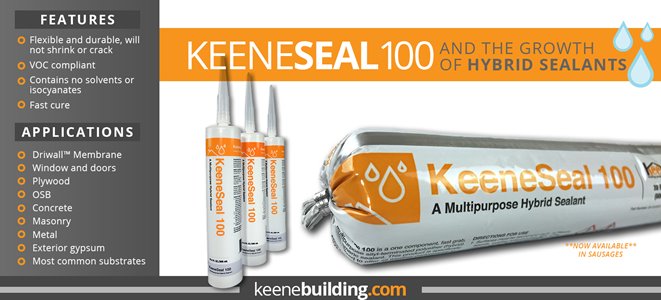
WHY SHOULD YOU CHOOSE A HYBRID SEALANT?
Hybrid sealants have improved performance, do not require the use of primers prior to application, and cure quickly, which helps speed up the assembly process. In addition to being paintable, hybrids can meet new performance regulations regarding mold, hurricanes, and other natural disasters. These capabilities make them a vital tool for anyone in the construction market, especially for those in building renovation.
Hybrid sealants are completely free of isocyanates, which are highly reactive, hazardous chemicals that can reduce the shelf life of your sealant and cause bubbling during cure. On the contrary, their high solids content makes them solvent-free, which enables them to have extended product lifetime and performance levels over sealants with higher solvent content. This also means they are not susceptible to shrinking during cure, further boosting their effectiveness, and increasing their demand.
Contact Keene today to help you with your detailing needs.